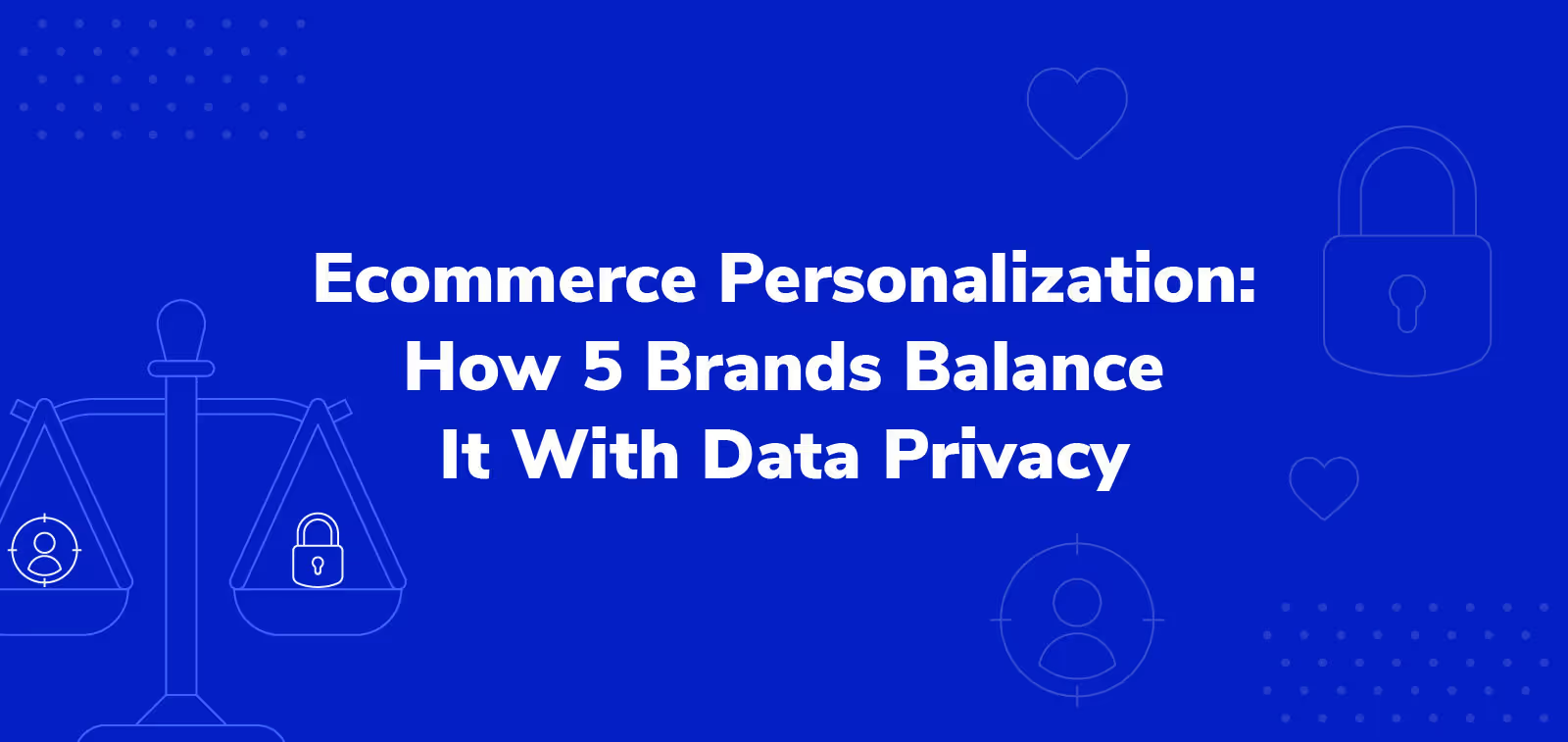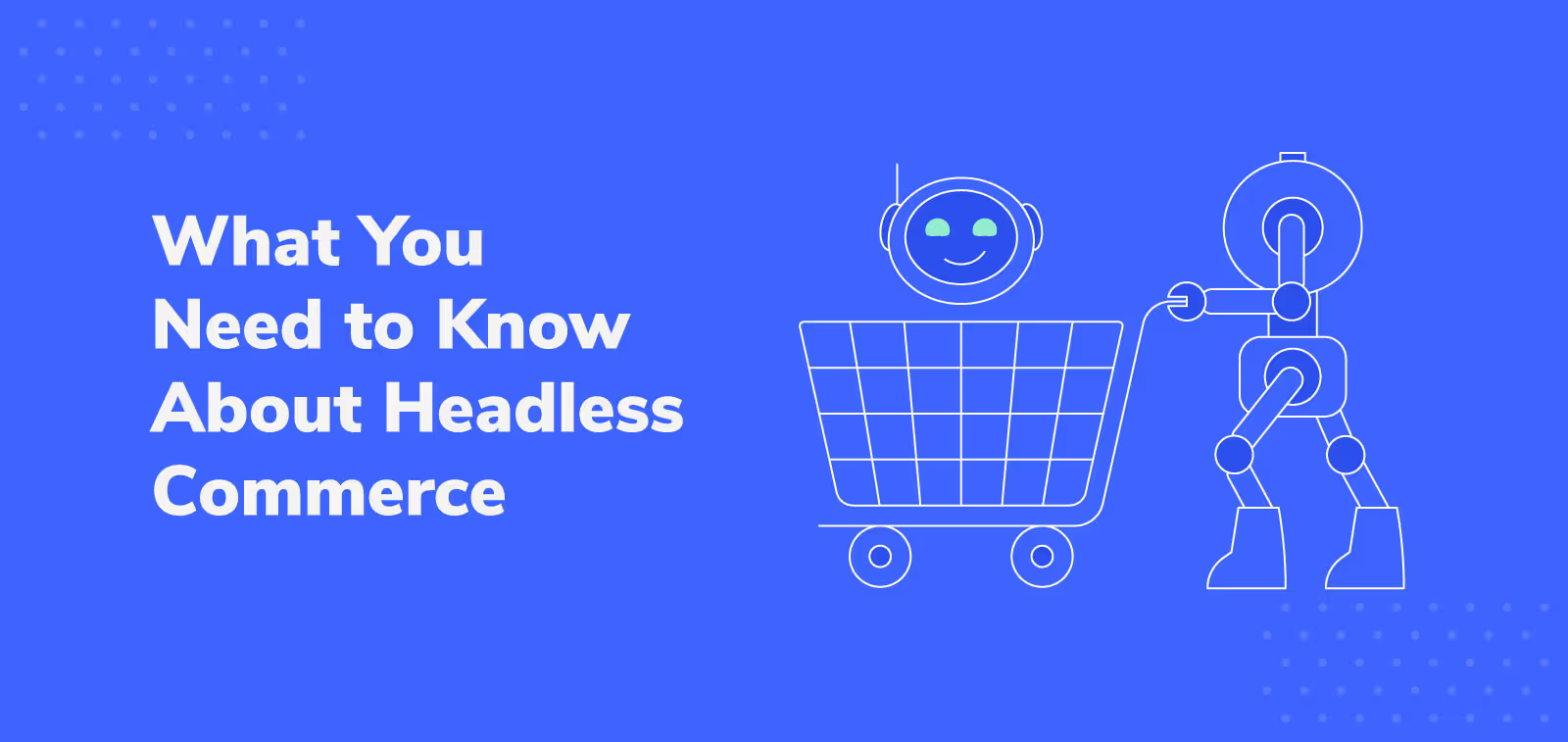Diversify Revenue Streams to Protect Your Ecommerce Business' Bottom Line

If the pandemic taught us anything, it’s that business owners never know what’s around the corner. A global virus might make your physical store unusable for a year. A war might cut off the supplies you need to manufacture a best-selling product only sold online.
The best way to prepare? Diversify revenue streams. It’s one of the best ways to protect your bottom line when one source of income is cut off.
Say you’re an ecommerce brand specializing in skiing and snowboarding equipment. Just because a warm winter dampens the ski season doesn’t mean you should consider going out of business. It’s safe to assume your customers enjoy being outdoors. Are there new revenue streams this reality opens up?
Revenue diversification means looking at other ways your brand can add value and then monetizing those value-adds. Here’s how to get started.
Expand your product line
If you’re a retailer, your primary revenue stream is your product line. When demand for a core product slows, consider bolstering this revenue stream with new items that align with your brand.
Obviously, pinning ecommerce growth on a new product is easier said than done. You’ll need to conduct market research, line up a manufacturer, and create a marketing plan for the new product. But the extra revenue it generates can make these initiatives worth it.
The ecommerce product development process can take up to a year or more and generally involves six key steps:
- New product ideation
- Market validation of your product idea
- Designing the product and creating a prototype
- Sourcing production materials and facilities
- Establishing COGS, pricing, and margins
- Product launch
Let’s go back to our winter sports gear retailer. If demand slows for skis and snowboards, maybe you can add a line of branded winter apparel for hikers. Or consider selling mountain bikes so skiers have a warm-weather activity.
Once you’ve settled on a product extension, use your most engaged channels to promote and sell it. Shopify and BigCommerce integrate with the top social media platforms, allowing retailers to sell new products on Instagram and TikTok.
Host an event
Events drive revenue in two key ways — ticket sales and selling products at the event itself. Plus, they’re an excellent outlet to put a human face on your brand for existing and prospective customers.
With the pandemic waning, in-person events are making a comeback. But even virtual events can still be revenue drivers. Kaltura found that 48% of 2022 attendees are happy to pay for admission to large-scale virtual events.
For the winter gear example, the brand could partner with other businesses to host a charity ski competition in a heavily trafficked resort area.

To maximize revenue at such an event — for everyone involved, not just your business — consider these tips:
- Line up brands that sell products or services complementary to your own. Include food, beverage, and music vendors.
- Create a revenue-sharing agreement with each party.
- Line up a charity to receive a portion of the event revenue.
- Get necessary permits.
- Ensure that participating brands and the charity promote the event to their audiences.
- Create different ticket packages where attendees get more benefits for a higher price.
An event also pairs well with our first tip. If you’re rolling out that new bike or apparel line, you can use your event to get the word out about the products.
Collect partnership fees
Brands don’t always charge other businesses for collaborations if it seems like the benefits will be equal for both. But if your brand has a large following, a small business may pay you partnership fees.
The Influencer Marketing Hub reports that “macro-influencers,” or those with 500,000 to 1 million followers, can get away with charging a partner $5,000 to $10,000 for a single Instagram post. Similar multi-thousand-dollar fees exist for YouTube and TikTok platform specialists. Brands may be willing to pay similar fees if your reach is similar.
Suppose your snowboarding brand has tens of thousands of unique web visitors per month or a large, highly engaged social media following. Hotels or chambers of commerce in less well-known resort areas might pay a premium to put their businesses in front of your visitors and fans.
Sonoma winery Sojourn Cellars devotes an entire webpage to local partners, including hotels.

Here are some guidelines for diversifying revenue streams with partnerships:
- Charge for a certain number of social media “partner” posts.
- Include a partner link in one of your emails for a set fee.
- Create a webpage for partners. Charge based on 1) the privilege and 2) how long the partner wants to appear there.
Charge customers a fee to join your premium loyalty program
Paid or premium loyalty programs generate additional revenue through membership fees. Just make sure members find sufficient value in the benefits to remain enrolled.
When set up correctly, these programs are excellent ways to reward buyers who spend frequently and encourage new customers to increase their spending. According to a 2021 report from Clarus Commerce, 94% of premium loyalty members say they shop with the brand at least once a month.
The same Clarus study found that 70% of customers who aren’t in a premium loyalty program would join one if their favorite brands offered it and the rewards were desirable. Make it clear to these customers that your program is worth it by offering a free loyalty program with some of the premium benefits.
Your ski brand’s free program might award five reward points for every dollar spent and a free birthday gift. The paid program could award:
- 10 points for every dollar spent,
- An exclusive virtual event with a pro skier, and
- A dedicated support agent who can answer questions about the best places to ski.
Set up your program with a loyalty plan tool, like Yotpo. It handles free and paid loyalty programs and integrates with Shopify and BigCommerce stores.
Set up a rental service
Rentals open up new streams of revenue depending on the nature of your product and where you do business.
Amateur skiers might be happy to rent a pair on a trip to the mountains rather than own. But you’d need some type of physical location where customers can pick up and drop off.
Native ecommerce brands might be able to establish seasonal rental kiosks at local resorts or set up a rent-to-own arrangement with them. In this model, the resort acquires a number of skis, pays you a monthly rental fee for them, and then buys them after three months if they prove popular.
If rentals work for your brand, encourage customers to take advantage of them by offering a few options. Kittredge Sports charges based on the type of skis desired.

Charge a rental deposit, too, to cover your brand in case of damages. This rental pricing structure also works with jewelry or high-end clothing.
Generate passive income with product protection plans
Modern protection plans protect purchased items from accidental damage in addition to providing extended warranty coverage. Whenever a customer purchases a plan as an add-on, plan providers like Extend pay the merchant a portion of the sale.
This income stream is a great option if your products are costly to fix or replace, including furniture, bikes, scooters, skateboards, and more. And the market for these plans is growing. According to Slickdeals, 26% of customers said not buying a protection plan was a source of regret.
Extend uses on-site prompts such as pop-ups to tout the value of protection plans, and customers can add them to their shopping carts in a single click.

Better yet, most customers receive claim decisions online in a matter of minutes, which Extend handles along with all the other behind-the-scenes details. This support frees you to do what you do best: sell your products.
Add value — and diversify revenue streams — with Extend protection plans
While it’s good to have multiple revenue streams, don’t spread yourself too thin. It’s better to have a strong, single revenue stream than eight subpar ones.
Compared to planning an event, Extend is relatively easy to set up, thanks to an experienced, best-in-industry development team. This means you can start enjoying a strong source of revenue — and an improved customer experience — in a handful of weeks.
To learn more about how Extend’s plans can add to your bottom line, click here for a free custom demo.
Aaron Sullivan is senior content marketing manager at Extend. He specializes in writing about e-commerce, finance, entertainment, and beer.
.svg)












































.avif)











